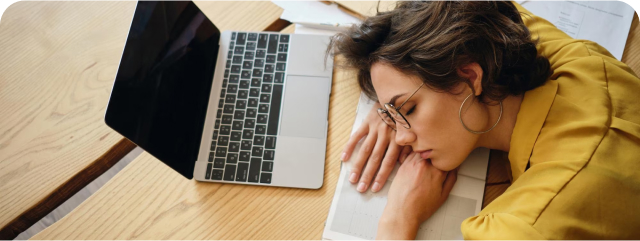Inflation and Consumer Behavior: Macroeconomic Insights
Macroeconomic Aspects of Inflation and Deflation
In today’s times, the economy needs to react according to the trends set by consumers and society. This fluctuation is called inflation and deflation. Inflation in itself is defined as the “continual rise in the price level” of goods (Colander, 2013). When items such as food, clothing, housing, etc., rise, this is known as inflation.
In order to measure inflation, we use the GDP, or the Gross Domestic Product data, and also the CSI or Consumer Price Index (Federal Reserve Bank of San Francisco, 2002). There are several factors that contribute to the overall inflation in an economy. These factors include but are not limited to when demand for a service or product rises more rapidly than the productive capacity when employee wages rapidly increase, or when the cost of energy or oil increases.
Order your custom essay on
Macroeconomic Impact and Perception of Inflation
Inflation isn’t always a bad thing, depending on who and when you ask someone. When I hear inflation, my mind automatically thinks “bigger” or “more,” and these words are often associated with beneficial items. Inflation is connected with demand, which means an increase in production and is theoretically better for the economy because this means more jobs because more products are being sold.
If you look at it from a different viewpoint, inflation means a decrease in the value of money and is known to increase spending because consumers are trying to get the best price before it increases. We have many solutions to control inflation; one of these ways will be to increase wages, which will have an effect on the whole economy because now we have more spending cash available to the consumer.
Consumer Price Index
The Consumer Price Index, or CPI, “measures the prices of a fixed basket of consumer goods, weighted according to each component’s share of an average consumer’s expenditures” (Colander, 2013). The most relevant way of measuring inflation is known as the CPI. The CPI primarily includes food, transportation, communication, recreation, education, clothing, and others. These will be items that don’t fall into the category.
The CPI is most useful because we can use it to learn about historical averages and predict future trends. Since 2000, the CPI has increased consistently, but from 2008 to 2009, it took a small decrease (The Bureau of Labor Statistics, 2018). Keep in mind that this data does not include areas that are rural, like farmlands and countryside. Also, we don’t have the current year either. The Consumer Price Index is directly affected by CPI since it’s the best guide to inflation. CPI is good for the government but bad for consumers.
Producer Price Index
The Producer Price Index, or PPI, is “an index of prices that measures average change in the selling prices received by domestic producers of goods and services over time” (Colander, 2013). The PPI is related directly to sellers of certain goods and services. The consumer is not concerned with costs such as distribution costs, but the purchaser will be. There are three categories: crude materials, intermediate goods, and finished goods (Colander, 2013). The PPI is always the best way to check early signs of inflation. The PPI has not been on a steady incline since 2000. It had increased, then it dropped.
Consumer Expenditure Survey
The Consumer Expenditure Survey, or CE, “provides data on expenditures, income, and demographic characteristics of consumers in the United States” (The Bureau of Labor Statistics, 2018). The importance of understanding this information is because it is based largely on trends occurring in the economy of goods and services. The CE data is difficult to measure since it has several components, and it has not changed since 2000. We could determine how the amount of participants has changed, how their demographics vary, how each participant’s annual income has changed, or how their annual expenses have changed. Spending money is directly connected to wages, so if that increases, obviously, the spending will increase. I believe this is the primary reason for the moderate increase in all aspects of results from the Consumer Expenditure Survey.
Consumer Behavior
The charts above prove a lot of points, but we need to look at consumer behaviors individually because every household has different spending habits on items. Looking at the chart, we can tell that consumer purchases have been on the rise regardless of inflation increases. Economic policies have been able to control inflation and unemployment, but unemployment rates will continue to decrease; the reason is more spending on goods and services means these products will need to be replaced. This, in turn, will open up jobs for businesses or hire new employees.
References
- Argosy University Online. (2018). Macroeconomics, ECO201: Module 3. Retrieved from: http://www.myeclassonline.com
- The Bureau of Labor Statistics. (2018). Consumer Price Index, U.S. City Average. Retrieved from: https://www.bls.gov
- Colander, D. (2013). Macroeconomics (9th ed.). New York, NY: McGraw-Hill Irwin. doi:https://digitalbookshelf.argosy.edu/
- Federal Reserve Bank of San Francisco. (2002). What are some of the factors that contribute to a rise in inflation? Retrieved from: https://www.frbsf.org/
Inflation and Consumer Behavior: Macroeconomic Insights. (2023, Aug 28). Retrieved from https://edusson.com/examples/inflation-and-consumer-behavior-macroeconomic-insights
